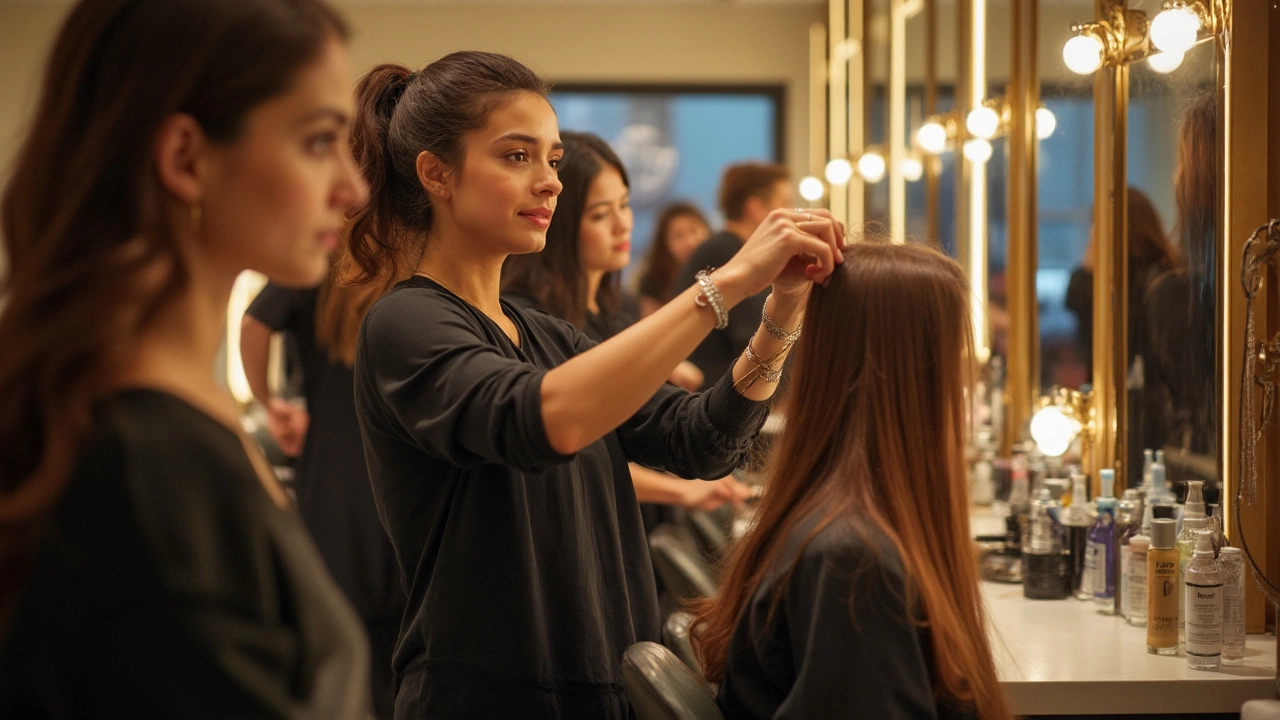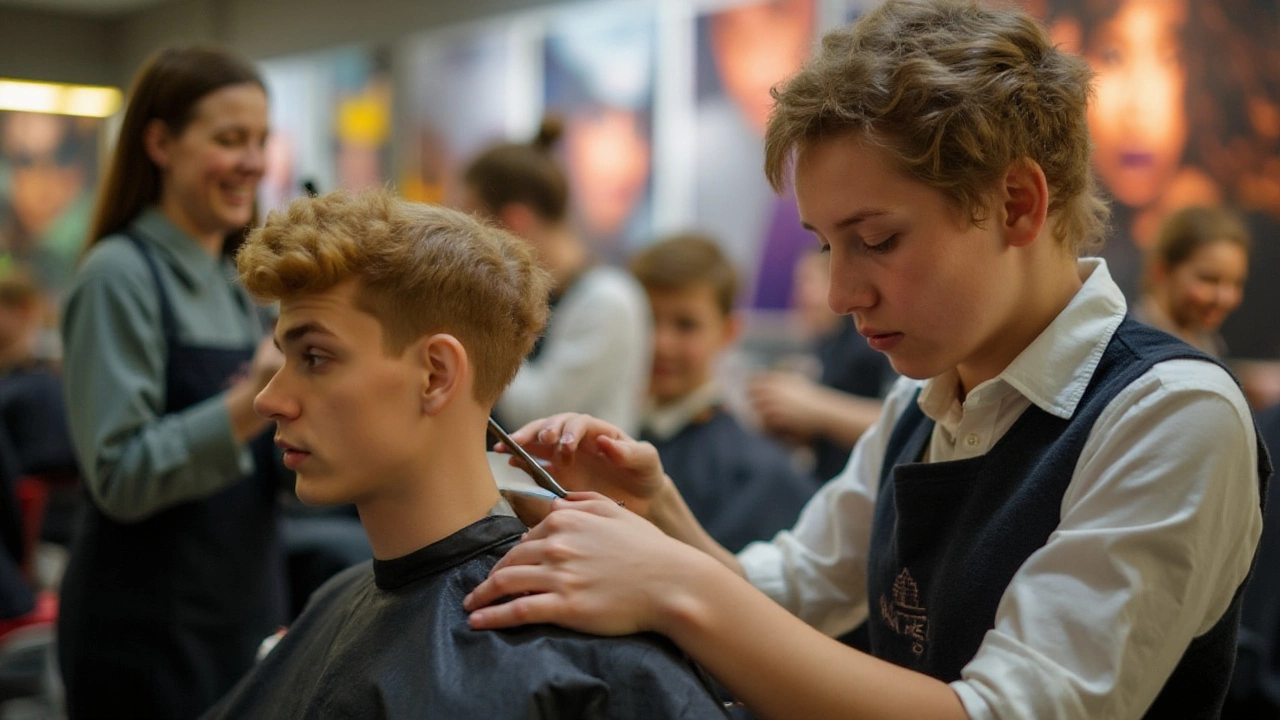Hairdressing Courses – What to Expect and How Long They Take
If you’re thinking about a career behind the chair, the first question is always "how long will it take?". The short answer is: it depends on the type of course you pick and how much you can practice. In this guide we break down the most common routes, give you realistic timelines, and share tips to get the most out of your training.
How Long Does Hair Training Usually Take?
Most beginners start with a Level 2 or Level 3 Diploma in Hairdressing. These are full‑time programmes that run for 9‑12 months. Part‑time options stretch the same material over 18‑24 months, which is great if you need to work while you study.
Advanced routes, like a Level 4 Advanced Diploma or a specialist short course (colour, extensions, barbering), can add another 3‑6 months. Remember, the clock stops when you start an apprenticeship or work placement – those hours count as part of your qualification.
Real‑world practice is the biggest factor. If you’re able to cut, style or colour on a regular basis, you’ll pick up skills faster than someone who only practises on friends once a week. Many schools offer on‑site salons where you can treat paying clients; that hands‑on time can shave weeks off your learning curve.
Choosing the Right Hairdressing Course
Start by asking yourself what you want to do day‑to‑day. If you love colour, look for a course with a dedicated colour module. If you’re aiming for a salon manager role, a business or customer‑service module will be useful.
Check the accreditation. In the UK, reputable providers are approved by the City & Guilds or OCR. Those qualifications are recognised by almost every employer and make it easier to claim funding or apprenticeships.Location matters too. A school with an on‑site salon gives you client exposure from day one. If you can’t travel far, many providers now offer blended learning – online theory plus weekend practicals.
Cost is another factor. Full‑time programmes typically range from £3,000 to £6,000. Part‑time and online options can be cheaper, but make sure you’re still getting enough hands‑on time. Some schools offer scholarships or payment plans, so always ask.Finally, look at the graduate success rate. Schools that publish placement stats or have strong links with local salons usually deliver better outcomes. A quick chat with recent graduates can give you a realistic picture of what to expect after you finish.
Bottom line: a solid hairdressing foundation can be earned in about a year if you go full‑time, or up to two years part‑time. Add extra months for specialisations, and you’ll be ready to walk into most salons with confidence.
Ready to start? Pick a course that matches your goals, check the accreditation, and make sure you get plenty of real‑world practice. With the right training, you’ll be cutting, styling and building a career faster than you think.













